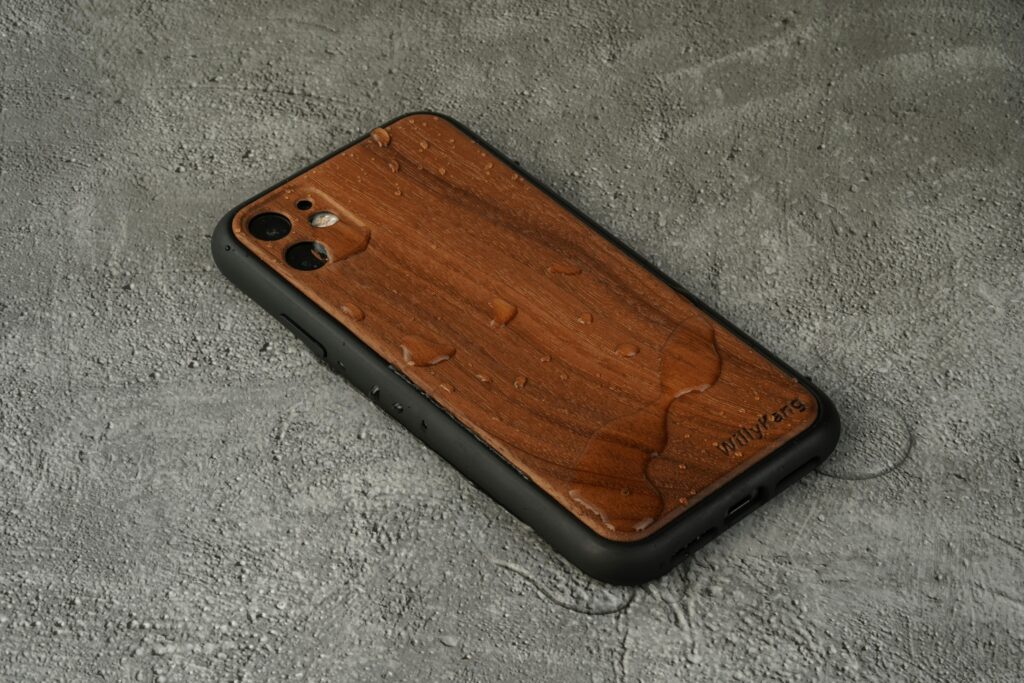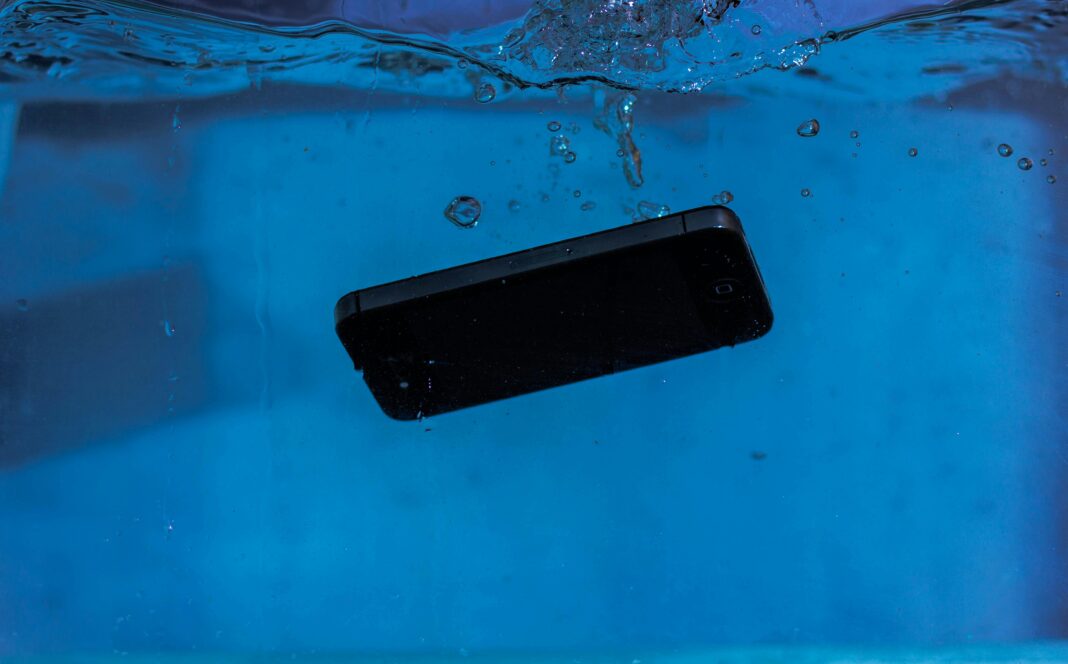For outdoor enthusiasts, adventurers, and professionals working in harsh environments, a standard smartphone simply won’t cut it. Whether you’re hiking remote trails, kayaking in rough waters, or working on a construction site, you need a device that can withstand drops, water immersion, dust, and extreme temperatures. Rugged and waterproof phones are designed specifically for these challenges, offering military-grade durability without sacrificing modern smartphone features.

In this comprehensive guide, we’ll break down everything you need to know about rugged smartphones, including:
- What makes a phone truly rugged and waterproof? (IP and MIL-STD ratings explained)
- The top 10 best rugged phones (detailed reviews with pros, cons, and ideal use cases)
- How to choose the right rugged phone (key factors like battery life, performance, and special features)
- Frequently asked questions (clearing up common doubts)
- Final recommendations (helping you make the best purchase decision)
By the end of this guide, you’ll know exactly which rugged phone is best for your needs—whether you’re an extreme adventurer, outdoor worker, or just someone who wants a nearly indestructible phone.
What Makes a Phone Rugged & Waterproof? (In-Depth Breakdown)
Not all “rugged” phones are created equal. Some are merely water-resistant, while others can survive being run over by a truck. To understand which phone is right for you, you need to know how durability is measured.
1. IP Ratings: Water & Dust Resistance Explained
The Ingress Protection (IP) rating tells you how well a phone resists dust and water. The most common ratings for rugged phones are:
- IP68 – The gold standard for waterproofing. Means the phone can survive being submerged in 1.5 meters of water for 30 minutes. Dust-tight (no dust ingress).
- IP69K – Even more extreme than IP68. Protects against high-pressure water jets (useful for hikers, firefighters, or people working in muddy conditions).
- IP67 – Slightly less protection than IP68. Can handle brief submersion (1 meter for 30 minutes) but not prolonged exposure.
Which do you need?
- If you’re kayaking, fishing, or working in wet conditions, IP68 is essential.
- If you need protection from pressurized water (e.g., washing equipment, heavy rain), IP69K is better.
- IP67 is fine for occasional splashes but not deep submersion.
2. MIL-STD-810H: Military-Grade Durability
Beyond water resistance, rugged phones often carry MIL-STD-810H certification, meaning they’ve passed U.S. military durability tests for:
- Drops (from up to 1.8 meters onto concrete)
- Extreme temperatures (operating in -30°C to 70°C)
- Vibration resistance (important for motorcyclists and off-roaders)
- Humidity & salt fog resistance (critical for marine use)
Why does this matter?
A phone with only an IP rating might survive water but crack when dropped. A MIL-STD-810H phone ensures it can handle both.
3. Reinforced Build Quality: What to Look For
Rugged phones use several design elements to enhance durability:
- Rubberized edges – Absorbs shock from drops.
- Reinforced corners – Protects against impact damage.
- Shatterproof screens – Gorilla Glass Victus or similar scratch-resistant glass.
- Sealed ports – Prevents dust and water from entering charging/USB ports.
4. Battery Life: Long-Lasting Power for Off-Grid Use
Most rugged phones have larger batteries (5000mAh or more) because outdoor users can’t always recharge. Some key considerations:
- Replaceable batteries (rare in modern phones but useful for extended trips).
- Power-saving modes (to extend battery life in emergencies).
- Wireless charging (useful if ports are sealed for waterproofing).
5. Specialized Features for Outdoor Use
Some rugged phones include extra tools for adventurers:
- Thermal imaging cameras (for search & rescue, hunting, or electrical inspections).
- Walkie-talkie function (no cell signal needed).
- Programmable buttons (quick access to flashlight, camera, or GPS).
- Barometer & altimeter (for hikers and climbers).
Top 10 Best Rugged & Waterproof Phones (2024)
Now that you know what makes a phone rugged, let’s dive into the best models available today. Each phone is reviewed in detail, covering specs, durability, performance, and ideal users.
1. CAT S75 – Best for Extreme Durability & Thermal Imaging
Key Features:
- MIL-STD-810H & IP68/IP69K certified (survives drops, water, dust, and extreme temps)
- Thermal imaging camera (great for professionals and rescuers)
- 5G connectivity & 6.6″ FHD+ display (modern performance)
- 5000mAh battery with wireless charging (long-lasting power)
Best For: Search & rescue teams, construction workers, survivalists.
Pros:
✅ Best-in-class durability
✅ Thermal camera adds unique utility
✅ Strong battery life
Cons:
❌ Expensive
❌ Heavy (270g)
2. Samsung Galaxy XCover 6 Pro – Best for Versatility
Key Features:
- Removable 4050mAh battery (rare in rugged phones)
- IP68 & MIL-STD-810H certified (good for tough environments)
- Programmable shortcut button (customizable for quick actions)
Best For: Hikers, field technicians, first responders.
Pros:
✅ Removable battery (great for long trips)
✅ Lightweight for a rugged phone (235g)
✅ Runs full Android
Cons:
❌ No thermal camera
❌ Smaller battery than competitors
How to Choose the Right Rugged Phone (Buying Guide)
With so many options, how do you pick the best one? Consider these factors:
1. Durability Needs
- Casual outdoor use (IP68 is enough).
- Extreme conditions (IP69K + MIL-STD-810H required).
2. Battery Life
- 5000mAh+ for multi-day trips.
- Replaceable batteries if you’re off-grid for weeks.
3. Performance & Software
- Avoid sluggish processors if using GPS/mapping apps.
- Some rugged phones run outdated Android versions—check before buying.
4. Special Features
- Thermal camera? (Useful for professionals.)
- Walkie-talkie mode? (Good for group adventures.)
- Glove-friendly touchscreen? (Essential for cold climates.)
Frequently Asked Questions (FAQ)
Q: Can rugged phones run normal apps like Google Maps and WhatsApp?
A: Yes, most rugged phones run full Android and support all standard apps.
Q: Do rugged phones work in freezing temperatures?
A: Many do—phones like the Blackview BV9900 Pro operate in -30°C to 70°C.
Q: Are rugged phones much heavier than regular phones?
A: Typically 250g–300g (vs. 170g for standard phones), but the extra weight means better durability.
Final Verdict: Which Rugged Phone Should You Buy?
The best rugged phone depends on your needs:
- For extreme durability + thermal imaging → CAT S75
- For removable battery + lightweight → Samsung XCover 6 Pro
- For budget-friendly ruggedness → Blackview BV6600
Before buying, check:
✔ Warranty coverage (some brands cover accidental damage)
✔ Real-world user reviews (for long-term durability reports)
✔ Carrier compatibility (some rugged phones don’t work on all networks)
Conclusion
A rugged phone is an essential tool for anyone who spends time in harsh environments. Whether you’re an adventurer, outdoor worker, or just prone to dropping your phone, investing in a durable device ensures you stay connected when it matters most.
Ready to choose? Compare the top models, consider your needs, and pick the phone that won’t let you down—no matter where your adventures take you.


